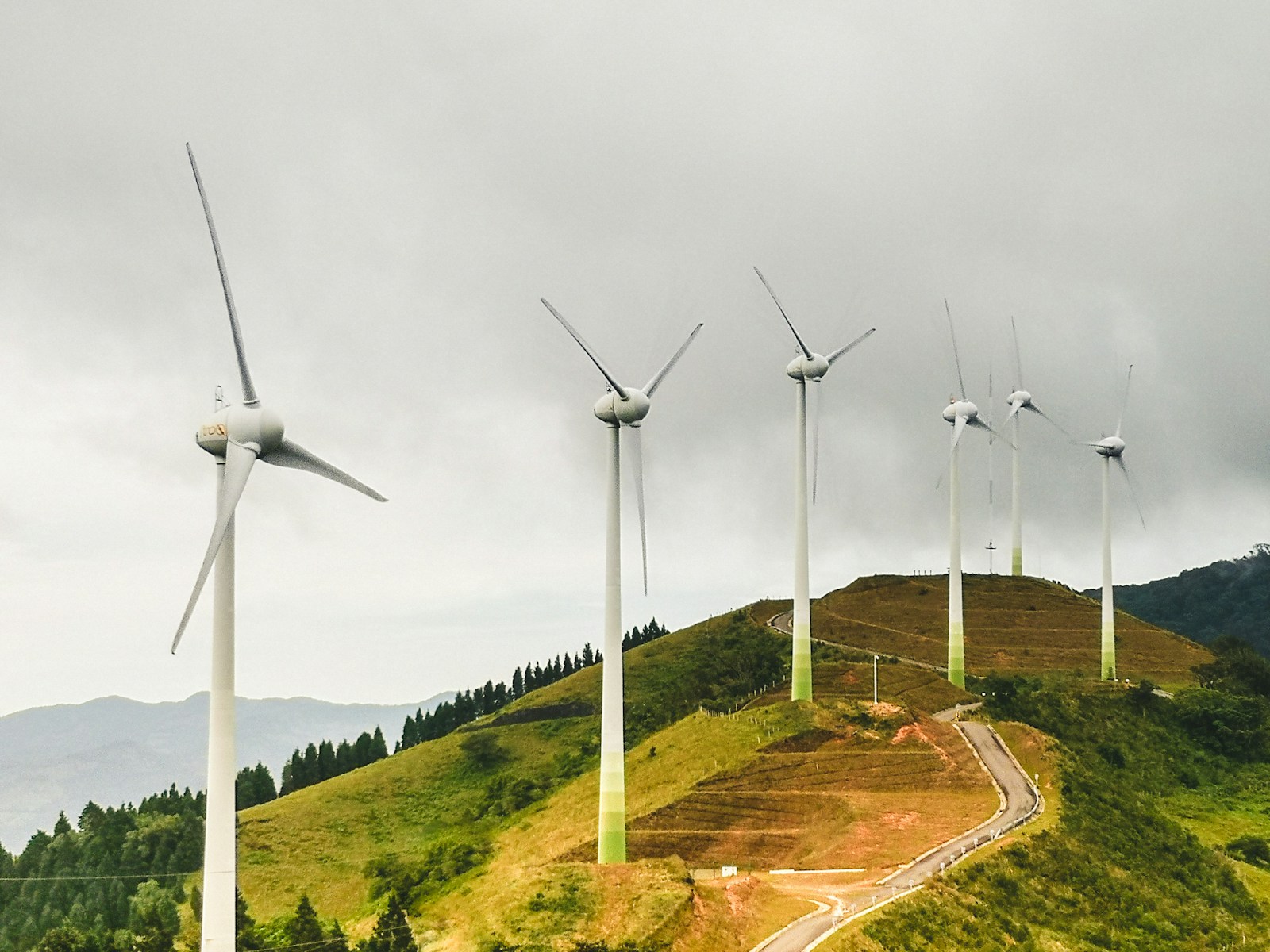The global energy landscape is undergoing a monumental transformation, driven by an urgent need to combat climate change and secure a sustainable future. At the heart of this shift lies renewable energy, a sector witnessing unprecedented innovation that is rapidly accelerating our transition away from fossil fuels. With renewables already accounting for over 30% of global electricity in 2024, the vision of a greener planet powered by clean energy is not a distant dream, but an increasingly tangible reality.
One of the most significant advancements is in solar energy. Beyond traditional silicon panels, perovskite solar cells are emerging as a game-changer. These lightweight, flexible, and potentially more affordable materials can be integrated into diverse surfaces like windows and rooftops, significantly expanding solar’s application. Furthermore, bifacial solar panels, capable of capturing sunlight from both sides, are boosting efficiency, especially in reflective environments. The rise of floating solar farms (floatovoltaics) addresses land scarcity, utilizing water bodies and even enhancing efficiency due to the cooling effect of water. These innovations collectively promise to make solar power more accessible, efficient, and versatile.
Wind energy is also experiencing a surge in innovation. Floating offshore wind turbines are unlocking vast energy potential in deeper waters previously inaccessible to fixed structures. Larger blades and more aerodynamic designs are increasing energy capture even at lower wind speeds. Intriguingly, Vertical Axis Wind Turbines (VAWTs) are gaining traction for urban environments, as their ability to capture wind from any direction and their lower noise levels make them suitable for decentralized generation. The use of advanced materials and even wooden turbine towers is further reducing production costs and environmental impact.
Crucially, the intermittency of solar and wind power – the sun doesn’t always shine, and the wind doesn’t always blow – is being addressed by revolutionary advancements in energy storage solutions. While lithium-ion batteries remain dominant, the future holds promise for alternatives like sodium-ion batteries, zinc-air batteries, and solid-state batteries, offering higher energy density, improved safety, and reduced reliance on scarce resources. Flow batteries, utilizing liquid electrolytes, are proving ideal for large-scale, long-duration grid storage, enhancing grid stability and reliability. Beyond batteries, thermal energy storage and even innovative concepts like Marine Pumped Hydroelectric (MPH) Storage, using concrete spheres on the ocean floor, are pushing the boundaries of how we store and dispatch renewable power.
The integration of Artificial Intelligence (AI) and digital technologies is transforming the entire renewable energy ecosystem. AI algorithms are optimizing energy production and consumption by analyzing vast datasets, predicting energy demand, and enabling real-time management of supply and demand. This includes predictive maintenance for wind turbines and solar farms, identifying issues before they lead to costly downtime. Smart grids, leveraging AI and IoT, are becoming increasingly intelligent, capable of balancing variable renewable inputs and ensuring a stable, efficient flow of electricity. Technologies like blockchain are even facilitating peer-to-peer energy trading, empowering consumers to buy and sell surplus renewable energy directly.
Beyond these core technologies, green hydrogen is emerging as a critical zero-carbon fuel for hard-to-electrify sectors like heavy industry, shipping, and long-haul transport. Produced through water electrolysis powered by renewable electricity, it offers a versatile energy carrier with immense potential for decarbonization. While distinct, Carbon Capture and Storage (CCS) technologies are also evolving, playing a complementary role in reducing emissions from existing industrial processes that are difficult to decarbonize directly.
The rapid innovations in renewable energy are not merely technological feats; they represent a fundamental shift in our relationship with energy. They are making clean energy cheaper, more reliable, and more accessible than ever before, accelerating the global energy transition. This trajectory offers a clear pathway to a future where our planet is powered by clean, abundant, and sustainable sources, paving the way for a truly greener planet for generations to come.
References:
- RatedPower (Innovation in renewable energy: Developments expected in 2025): Provides an excellent overview of top innovations including perovskites, green hydrogen, advanced storage, and AI’s role. https://ratedpower.com/blog/solar-power-technology/
- Avisen Legal (Future of Renewable Energy: Innovation Ensures Sustainability): Discusses emerging trends like bifacial solar, offshore wind, and the crucial role of energy storage and smart grids. https://www.avisenlegal.com/the-future-of-renewable-energy-technology-innovation-will-keep-renewables-in-the-resource-mix/
- Conexsol (Top 10 Energy Storage Trends in 2025: The Future of Renewables): Focuses specifically on the evolution of energy storage, including lithium alternatives and decentralized solutions. https://conexsol.com/top-10-energy-storage-trends-in-2025-future/
- UNEP (United Nations Environment Programme – Goal 7: Affordable and Clean Energy): Highlights the importance of renewable energy for achieving SDG 7 and reducing greenhouse gas emissions. https://www.unep.org/topics/sustainable-development-goals/why-do-sustainable-development-goals-matter/goal-7
- Acropolium (AI in Renewable Energy: Use Cases, Benefits & Solutions for 2025): Explores the specific applications and benefits of AI in optimizing renewable energy systems and enhancing grid stability. https://acropolium.com/blog/artificial-intelligence-and-renewable-energy-a-guide-to-tech-sustainability/


